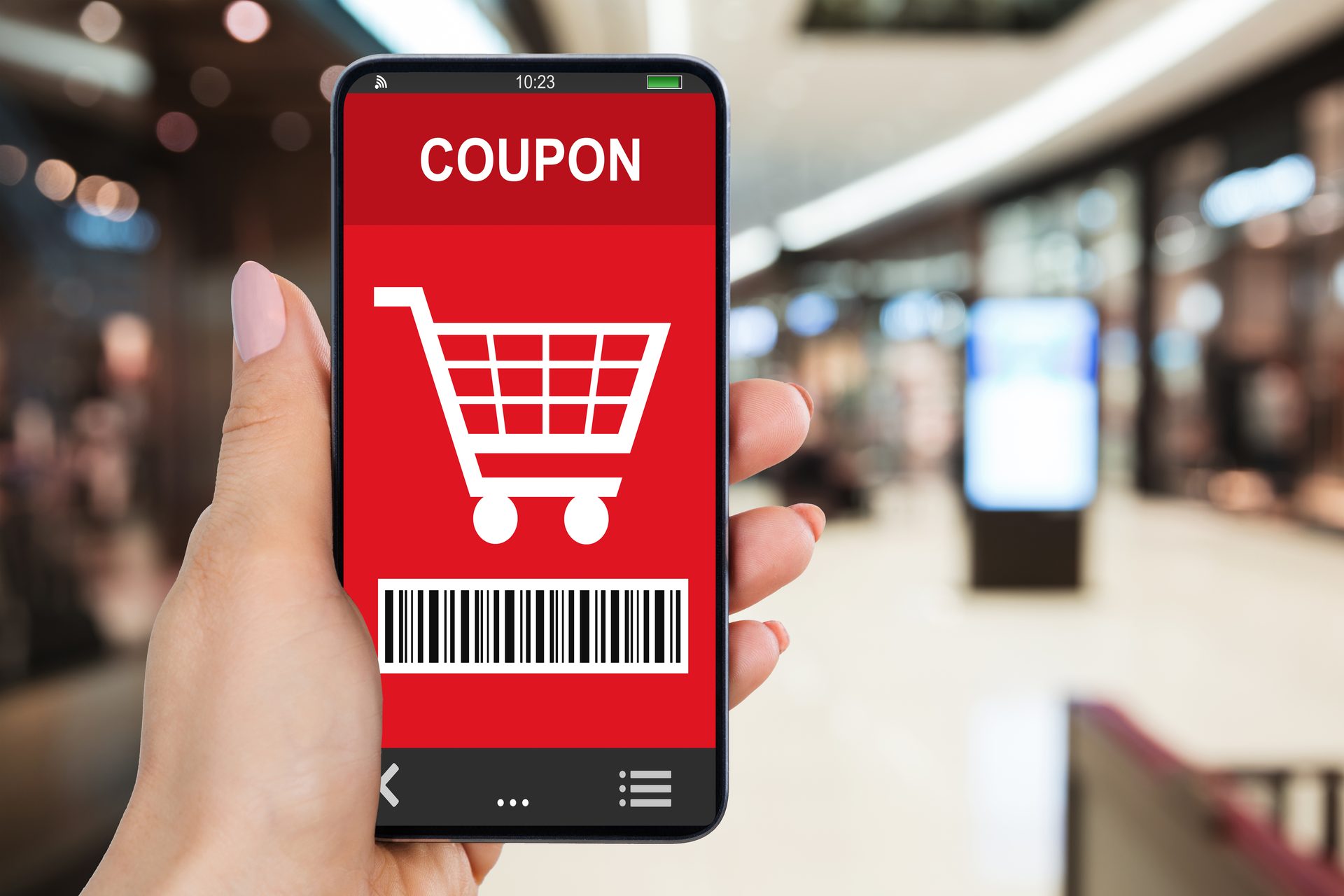Beverage
Beat
By Jessica Jacobsen
Like most American shoppers, I have adjusted some of my shopping habits as inflation and product availability have affected many of our household favorites. In fact, July data from Information Resources Inc. (IRI) shows that prices for food at-home rose 1.2% from the end of June to the end of July, and 14.4% year-over-year as of July 31.
“Consumers are responding to rising prices by shopping promotions, prioritizing value options, and trading down to avoid going without,” said Krishnakumar (KK) Davey, president of Thought Leadership of CPG and Retail for IRI, in a statement. “We are advising our manufacturer clients to deploy all levers of strategic revenue management, prioritize strong in-market execution, and invest in retailer partnerships to ensure that the right products are available in the right places at the right times. Additionally, retailers must have the tools to quickly adjust to changes in consumer preferences to ensure they are offering the right assortment at price points that appeal to price-sensitive shoppers as well as their most valuable customers.”
Online beverage alcohol platform Drizly also shared data that nearly one-third (31%) of Drizly users indicated that inflation is impacting their alcohol purchases. More Drizly insights also can be found in our Between Drinks section .
Appealing to consumers’ needs
(Image courtesy of Getty Images)

Given this, consumers are making it known that they are approaching grocery shopping in a different light. For example, a recent study by Vericast shows that consumers are altering their retail behaviors and embracing new ways to shop for today’s necessities.
Among the findings, 61% of all shoppers say that one of their biggest challenges is rising prices and almost a third are regularly switching products because their preferred product is not available.
“Consumers are exploring an array of ways to navigate increasing prices such as buying more private label brands and limiting spending on certain categories,” says Aimee Englert, executive director of client strategy at Vericast. “Many are also dining out less and leveraging discounts wherever possible. This opens an opportunity for consumer packaged goods (CPG) brands to reach new consumers and strengthen existing relationships as people cook and eat at home more.
“Brands and marketers should engage with consumers by offering strategic discounts that motivate them to purchase and of course help save money while it’s tight,” she continues. “This would help draw in new consumers as our report found that 88% of shoppers say a coupon would motivate them to try a new brand or store.”
Among the varying demographics, Vericast’s study highlights the variables having the greatest impacts. For instance, baby boomers look to be the most price sensitive with 83% indicating price is their biggest challenge. Meanwhile millennial parents want convenience, but find that more challenging when balancing costs as indicated by 53% of millennial parents struggling to afford essentials coupled with 63% of millennial parents more likely to shop at fewer stores.
“Brands and marketers should engage with consumers by offering strategic discounts that motivate them to purchase and of course help save money while it’s tight. This would help draw in new consumers as our report found that 88% of shoppers say a coupon would motivate them to try a new brand or store.”
— Aimee Englert, executive director of client strategy at Vericast
Moreover, research shows that even affluent households (incomes $100,000 and higher) are shifting shopping patterns with rising prices, including stockpiling or turning to online shopping.
“Despite being better off, they’re still cutting back on spending by stockpiling products, shopping more online and using cashback rebates or apps more often,” Englert says. “Providing a quality and interactive eCommerce experience will continue to attract this demographic of shoppers that is already purchasing online at a higher rate versus all consumers, largely because online delivers better against their expectations for convenience, time savings, better prices and finding the items they need.”
Is your brand planning to utilize more social media advertising?
Gen Z seems to be least anxious about rising prices, but 53% of survey-takers still are sticking to their shopping lists to control costs. To be sure they are on Gen Z’s shopping lists, Englert suggests that brands should look no further than social media.
“The data shows that social media advertising will have the most effect on Gen Z when it comes to getting them to try something new,” she says. “Use this as an opportunity to emphasize brand value, beyond price, as Gen Z is expressing interest in products that align with their social, environmental and political values. In addition, they’re also looking to cook more at home and a majority say they like when online recipes link directly to the products in the ingredients list.”
Although various shopping habits have emerged in reaction to inflation, some of these might be here to stay and it will be valuable for brand owners to follow these trends to maintain engagement with consumers. BI

